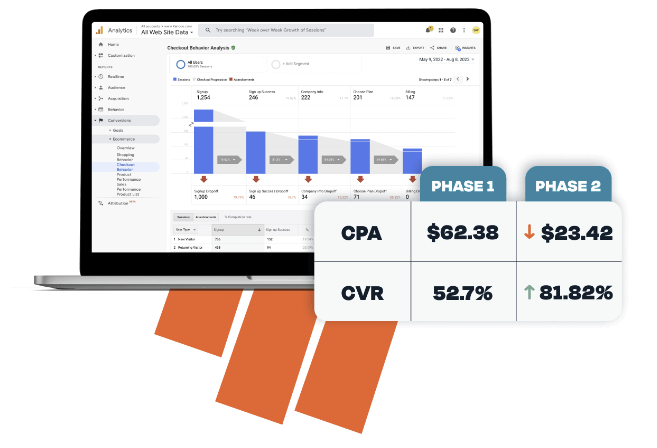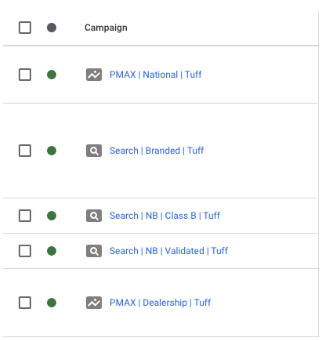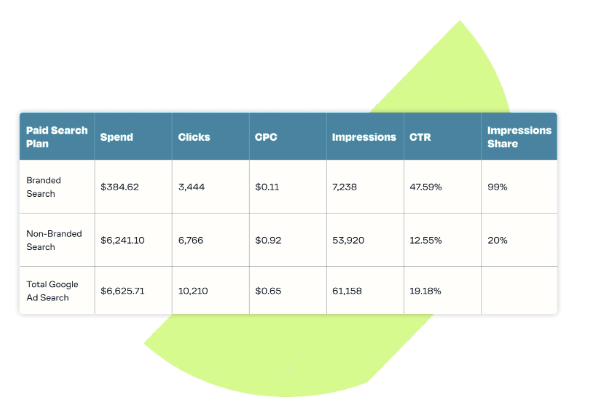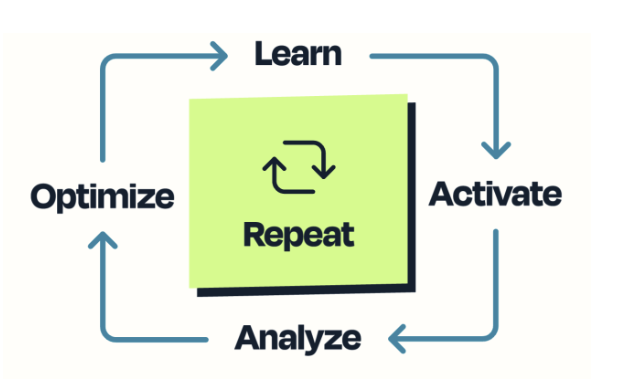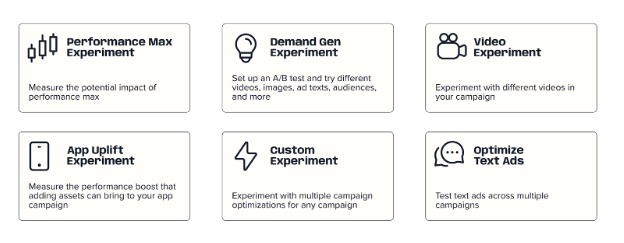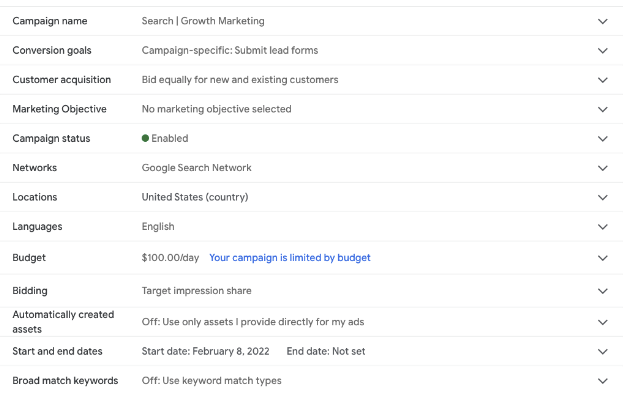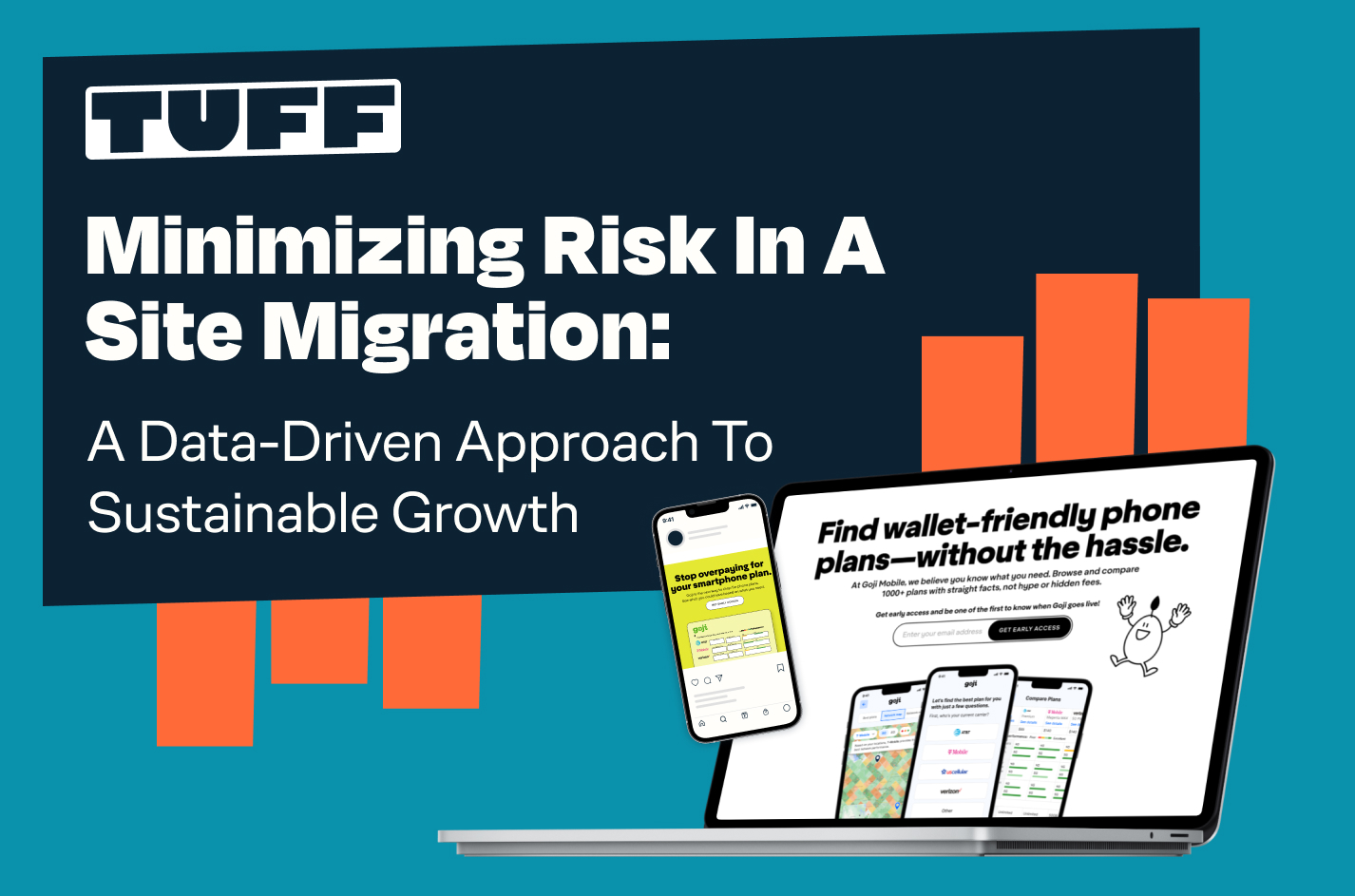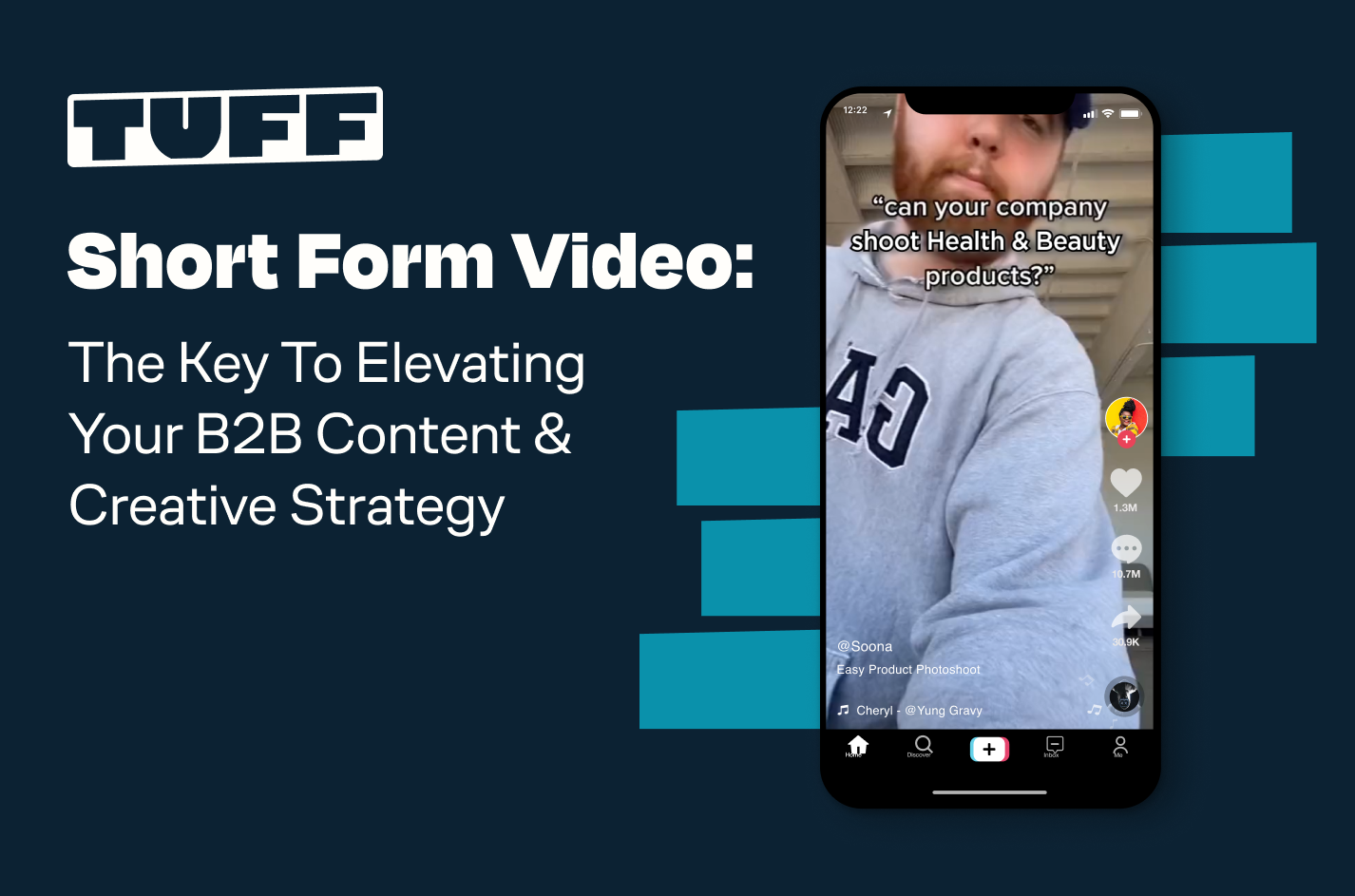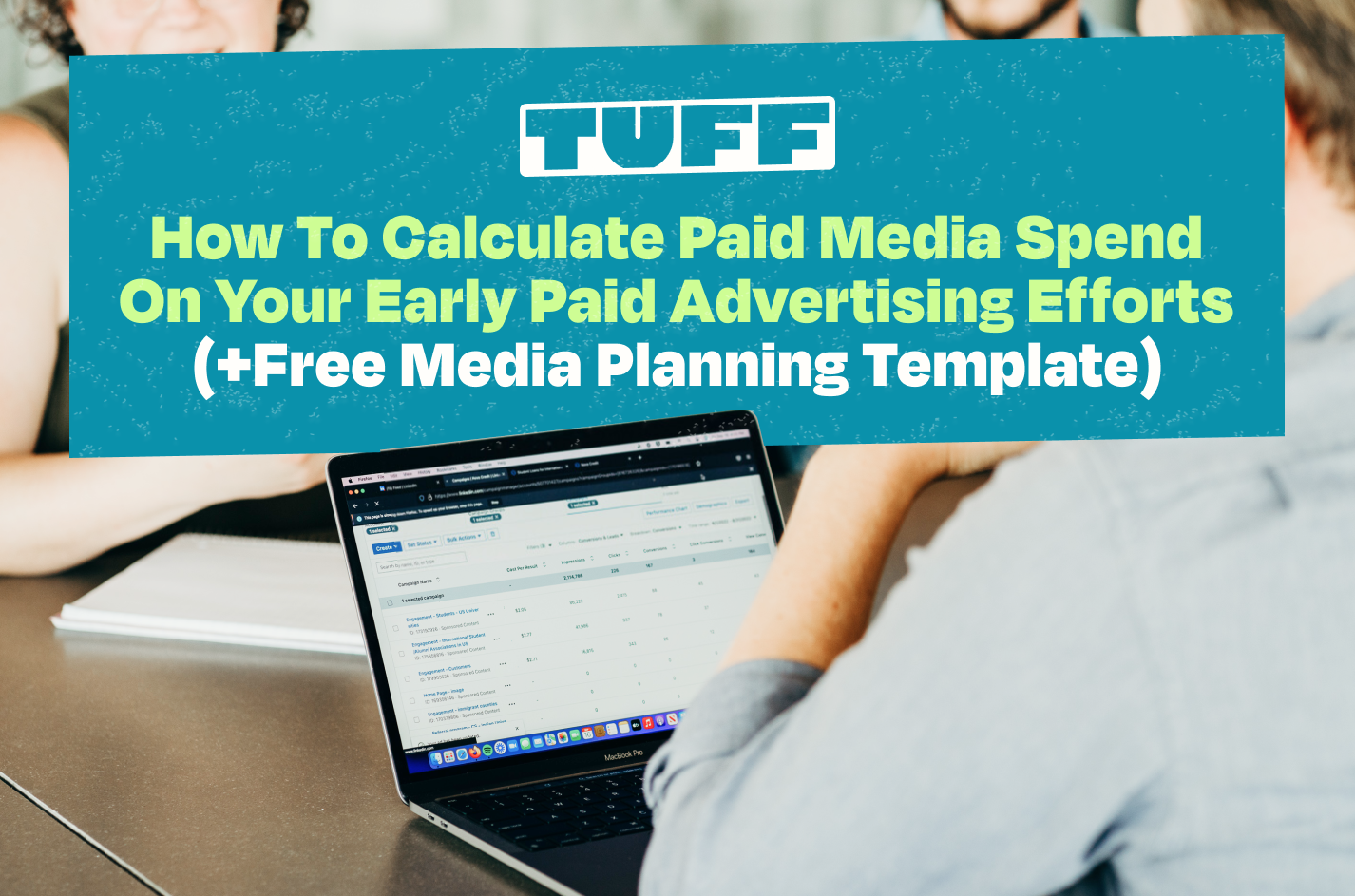The 30-Minute Google Ads Audit Anyone Can Do
Editor’s Note: This post has been updated on April 22, 2024 with new links and fresh content.
Original Publication Date: January 1, 2020
Let’s get one thing about a Google Ads audit off our chest. We know our PPC accounts aren’t always perfect 100% of the time. Audits are one of the best tools we have for making small, sustainable improvements.
That’s why we routinely conduct a digital marketing audit for our clients. Incorporating this step into our PPC management process helps us catch small issues before they become big issues.
As we start another year managing our clients’ Google Ads accounts and beyond, we’re taking the time to audit our efforts more extensively as well as improve on auditing potential prospects. The main purpose of a deep-dive PPC audit is to help our clients with marketing strategy development. These audits help us:
- Understand historical performance in a way that allows us to set better goals
- Identify the right metrics we should be measuring
- Create a bedrock of best practices for all accounts, regardless of industry
- Highlight room for efficiency
- Recommend areas to scale budget
Many of our clients leverage our expertise and data insights to help create and finalize their marketing goals and budgets. To help contribute to these strategy efforts, we conduct a Google Ads audit to offer reliable projections to determine spend, number of leads, cost per lead, conversion rate, sales, and more. Hopefully this post can help you do the same!
The following examples outline the different account areas you can dive into during your PPC audit and what items to look for.
Google Ads Audit Checklist
We are going to dive deep into our process that we go through for all of our digital marketing audits. These are actionable recommendations you can take in your account or in your client’s accounts that will help you become more efficient, improve performance, and ultimately focus on your business objectives and key performance indicators. We will touch on all of these below, but here is a quick PPC checklist to focus on:
- Define KPIs
- Identify Efficiency Opportunities
- Optimize Account Structure
- Review Account Settings
- Testing Recommendations
- Review Audience Targeting
- Triple Check Conversion Tracking
- Recommend Areas to Scale
Key Digital Marketing Metrics
Before digging into the data and putting together a comprehensive Google Ads audit, it is beneficial to select the metrics you want to evaluate your account by. These will vary depending on the industry, but there are some common themes across all businesses.
To avoid analysis paralysis, it’s crucial to strip away the excess and focus on the Google Ads metrics that provide actionable insight. Assessing critical paid search advertising metrics, or any digital marketing channel metrics during your audit, will allow you to monitor and improve digital performance.
Here are the top 6 metrics we like to include in a digital marketing audit:
- Channel Growth
- Conversion Rate
- Impression Share
- Cost Per Conversion (or Cost Per Lead)
- Sales
- Revenue
Efficiency Opportunities
When diving into the meat of a digital marketing audit, we like to separate our recommendations into three main areas; Efficiency Opportunities, Testing Recommendations, and Scale. We always start with efficiency opportunities. These are things that can be done in the short term within an account to improve performance. Think of these as the Google Ads best practices. No need to add more budget yet, these recommendations are going to make an account more efficient with your current spend levels.
Google Ads Settings & Structure
The first thing we tackle with a Google Ads audit are the settings and account structure. When looking at structure, an efficient account should be divided into a number of ad campaigns based on clear categorical buckets. Sometimes this is based on specific keyword groupings. Many times it can be geo specific. It all depends on your strategy.
If your strategy is to organize by market ー for instance state, city, or county ー your campaigns should be labeled with the associated market. If your strategy is to organize by product type or service, your campaigns should be labeled with the associated product or service. Keeping a clear naming structure at the account level will help you stay organized and reduce reporting time.
The key is to avoid numbers and over-complicated naming conventions – keep it simple, straightforward. Essentially, are the ad campaigns numbered A-Z or do they have unique names that explain what kind of ad groups you’re going to find and what type of campaign type it is? Here is an example of how Tuff organizes our client’s campaigns:
Ad Extensions + Assets
Ad Assets, formerly called ad extensions, are the extra snippets of information Google Ads allows advertisers to add to their Expanded Text ads to provide more relevant information to searchers. Ad assets can help improve click-through rates and give you more real-estate on the page. They are an important part of the PPC audit to pay attention to. If your account doesn’t have any ad extensions set up, get on it!
If you have extensions in place, double-check that the extensions are running successfully. Are your sitelinks truly representative of your business? Can you check your call extension to make sure someone is answering the phone when it rings?
Pro-tip: If you’re using call extensions to drive phone calls to your business, make sure to use the advanced settings to set your call extensions to run only during your hours of business. This way, you won’t be wasting money on calls to your business that no one is available to answer. You can also set your call extension to have a mobile device preference, serving your ads with the right extension to the right users at the right time.
Best Practices in Your Google Ads Account
Here is a quick list of best practices that we focus on with all of our clients.
- Turn off Interest Targeting: Interest targeting can allow for clicks to come outside of the country you are targeting. We turn this off for all clients.
- Utilize Automated Bidding: Using Maximize Clicks, Maximize Conversions, Target CPA, or Target Impression Share as your bidding strategy allows the most data to funnel into Google. More data = more efficiency in the long run.
- Remove Automatically Created Assets: You know your business better than Google does. Their automatically created assets will never perform as well as the ones you and your team create.
- Take Advantage of ALL Ad Copy Variations: Google allows you to add 15 headlines and 4 descriptions to your search ads. We recommend utilizing every spot available to improve Google’s algorithm.
Google Search
Any good digital marketing audit involves a heavy emphasis on Google Search. It is the one marketing channel that we utilize for 100% of our clients. Google Search is high intent! It tends to be a true revenue driver when done well. As a Google Ads agency, this is one of our top priorities.
Let’s look at some pro tips we have when going through an audit of Google Search campaigns.
Validated & Non-Validated Keywords
When auditing a Google Ads account, we like to look at all of the keywords that have been in the account for the last 6-12 months. With these, we separate them into two areas. Validate and Non-Validated keywords. Here is how we define them:
Validated Keywords
These are keywords that have driven at least 1 conversion (sale, lead, email capture, etc.), have spent at least as much as the average CPA within the account, AND have a below average CPA of their own. So if the CPA in the account is $100, any keyword that has spent at least $100, has converted 1+ users, and has a CPA below $100, would be considered Validated. In short, these are keywords that have or are currently working!
Non-Validated Keywords
Any keyword that has not spent at least as much as the average CPA in the account would be considered non validated.
So what do you do with these keyword groupings?
Recommendation: Separate out your Validated Keywords from the Non-Validated ones. This will allow you to scale these specific keywords that are already performing well. Allocate a specific budget here and put your focus where things are working.
For Non-Validated keywords, we will create a testing structure to validate them. We will touch on testing more in a bit, but the short of it is that you want to allow enough spend to each keyword in order to know if it’s working or not. If you didn’t spend $100 (the average CPA in our example) on keyword A, how do you know if it is a strong performing keyword or not?
Branded Search
Any strong Google Ads account features a Branded Search campaign. This is a campaign solely focused on bidding on your Branded business terms. If your industry is competitive, other companies will be bidding on your name. A Branded campaign ensures that you show up ahead of the competition and do not lose out users searching for you.
This is especially important for mobile traffic. On a phone, you have to scroll somewhat before you get the first Organic search result. Paid advertising campaigns for Branded terms allows you to circumvent this and show up early when a user is searching.
Recommendation: Spend about 10% of your overall Search budget on a Branded campaign in order to achieve anywhere between 25% and 80% impression share, depending on the competitive landscape.
Ad Copy
One key focus for all Search campaigns is the Ad Copy. As we mentioned earlier, we recommend utilizing all possible variations available within the ads. This means adding 15 headlines and 4 descriptions as well as adding a Business Logo, Business Name, and all relevant ad assets including sitelinks.
Remember, Google is always trying to give its users the best experience possible. Our pro-tip for Ad Copy is to ensure that the keywords you are targeting are reflected within the ad copy itself. If you are targeting the term Blue T-Shirts, then you should have Blue T-Shirts as one of your headlines. This will help improve your Ad Rank and ultimately your performance metrics.
Account structure is key here as well. You want to have keyword buckets separated into their own ad group so you can make specific ads that match those keywords. That’s why we start by auditing the structure, it has ramifications all over the account!
Responsive Search Ads Ad Strength
Now let’s talk about RSAs. These are the main search ads available to you now that Google has gotten ridden of their standard text ads.
Recommendation: Invest time in improving your Ad Strength to Excellent for all ads within the account. Below you can see the criteria for making that a reality!
Performance Max Audit
Performance Max is here to stay. Regardless of the industry, this campaign type is a strong opportunity for you to bring in additional leads, sales, and users to your site. It is a campaign that works really well in tandem with a social media strategy, email marketing, display advertising, or as a supplement to serving ads on any other digital channels.
Here are our top recommendations for building out a successful Performance Max Campaign:
- Utilize a Target CPA bid strategy
- Upload Audience Signals with Customer Lists and Interest targeting
- Upload creative assets to the full amount allowed for videos, static images, and all ad copy
- Create 2 assets groups to begin
- Turn off URL Expansion
- Improve Asset Group score to Good or Excellent
Testing Recommendations
Any comprehensive digital marketing audit should focus on testing. As a digital marketing agency, testing is key to everything that we do. Here are some of our recommendations on where to start when looking at testing within Google Ads.
Landing Page Optimization
It’s tough to get potential customers to convert if their pay-per-click experience is not relevant. One of the best ways to make their click experience more relevant is to match the creative and copy of your ad to the search term of the user.
High-Intent Search Term —> Hyper-Specific Ads —-> Relevant Landing Page
How can you do this? Scan your account to find ad groups that hold more than 15-20 keywords. These are likely the groups that will require the most review and clean-up.
Why does the number of keywords matter so much? While your ad groups’ keyword count won’t impact performance, remember that you want your ads to be as relevant as possible. When you have a huge list of keywords, it typically includes various themes, meaning you’re forced to write generic ad copy.
Rather than serving generic ad copy to a large list of keywords, you want to break out your ad groups into lists of granular, related keywords that share the same theme. When you do this, you can create hyper-specific ads for each ad group that will help you increase your quality score and click-through rate.
Recommendation: Improve Landing Page Experience metric in Google Ads by creating Paid Search specific landing pages that highlight high intent search terms. At Tuff, we lean on our CRO Team to build out relevant landing pages that are focused on improving conversions for the highest value keywords.
Read more about our CRO capabilities here.
Experiments in Google Ads
Any time we perform a PPC audit, we recommend utilizing Google Ad’s experiment feature. This is built in directly to the Google Ads account and allows you to take advantage of a/b testing. A/b tests are such an important PPC audit tool in our tool box. This is how you can test landing pages, ad copy, ad variations, bidding strategies, and more, with a given budget allocated to both the base and trial in the experiment.
Recommendation: Allocate 10% of your advertising spend to a/b testing.
Here are the experiment options at your fingertips.
Review Settings
Yes, we want to talk about settings AGAIN. Once we are fully within a PPC audit, we go back to the settings to double check everything we are doing.
Analyzing your campaign settings is a simple activity that takes less than five minutes. We love digging into campaign settings because it’s generally something that is set up when the campaigns are created and then never looked at again. There are probably some juicy adjustments to be made.
In the settings tab, you can check and optimize device performance, ad delivery method, ad scheduling, update your target audience, change ad rotation, and include location/language targeting.
Key items to focus on:
- Is your campaign targeting search and display traffic? If so, fixing this can be a big win for your account. The main problem with targeting search and display within one campaign is that these networks target users in two completely different scenarios. You can’t get a clear understanding of performance and your ads are less effective.
- Are you serving your ads in all available target markets? Check your locations settings to make sure you are targeting all the countries, states, cities, or counties relevant to your business. Here you can make bid adjustments based on the target locations you value the most.
- Are you making device bid adjustments? Review your performance by device – mobile, desktop, and tablet. If your performance alters by device, you can make adjustments to prioritize your top performing devices.
Review Audience Targeting
Your ad groups are set up and optimized, you’ve got the right amount of ads and the right copy ready to go, your keywords are fine-tuned, and your campaign settings are exactly what you want. What else can you focus on to make sure your campaigns are as effective as possible? The right audience targeting.
Oftentimes, advertisers are very familiar with audience targeting including remarketing audiences, when it comes to display campaigns. However, adding relevant audiences to your search campaigns can be an effective way to gain insights into your market, while also boosting your performance.
In addition to keyword targeting, you also have the ability to add in-market audiences and custom intent audiences to your search campaigns. We recommend setting these audiences at the ‘Observation’ level for targeting, which means that users that Google has not grouped into these in-market or custom intent audiences can still be served your ads as they search for your target keywords.
A major benefit of adding audiences at the Observation level is the ability to add bid adjustments to these specific audiences. After adding some audiences and gathering data, review the performance of your audiences and decide if they are performing better than the average user who has interacted with the campaign. If so, add an appropriate positive bid adjustment to these audiences (e.g. 15-30%).
Pro-tip: consider adding remarketing audiences to your search campaigns. This tactic, known as Remarketing Lists for Search Ads, or RLSA for short, is especially effective if you have a lot of traffic.
For example, if you have an eCommerce site and receive a lot of traffic, you most likely have a lot of abandoned carts. Consider creating an abandoned cart audience for remarketing and adding this audience to your search campaigns with a solid bid adjustment. The users in this audience have already shown high intent by adding a product to their cart. How much more than your standard bid would you be willing to pay to get these audiences back to your site when they are searching for your targeted keywords? 20%..35%…maybe even 50% more?
Triple Check Conversion Tracking
Last, but certainly not least in the PPC audit, are conversions. Are you tracking conversions properly? This is a question you should ask yourself frequently. Ensuring the accuracy of conversion tracking is paramount to achieving your business goals. Neglecting to track conversions is a massive Google Ads mistake.
Without conversion data, it’s impossible to understand what’s working and what’s not. Here are some common conversion errors that you can watch out for:
- You’re not measuring phone call conversions from search and digital. We strongly recommend setting up CallRail to track calls from PPC. Setting your account up to track phone calls will help you optimize your marketing and increase ROI.
- Your clicks and conversions are exactly the same. If you see this in your account, you have your conversion tracking code on every page of your website, rather than just your order confirmation/thank you page. Unlike your remarketing tag, your conversion tag should only be placed on the page that appears after a conversion has been completed.
- Your conversion count is super low. A suspiciously low number of conversions could mean you’re missing conversions. Before abandoning your PPC efforts altogether, double-check to make sure conversion status isn’t “unverified” or “tag inactive”. If you see either of these errors, re-install your conversion tag and follow these steps to verify the setup is correct.
Recommendation: Lean on Google Tag Manager, GA4, and your third party data sources to set up and track all of your conversion events.
Recommend Areas to Scale
Once you are all buttoned up with your Efficiency Opportunities and Testing Recommendations, you can move on to areas to scale! These are areas to invest more budget into AFTER all of the other recommendations are in place. We won’t spend a lot of time here, but here are some of the key areas that can scale after a Google Ads audit is finalized:
- Scale Validated Keywords: Once your validated keywords are identified, you can scale here! Invest where you have success, pause where you do not.
- Implement New Keyword Targets: There can always be potential to scale within new keyword targets. We love to utilize Keyword Planner or SEMRush.
- Branch off into New Campaign Types: Consider launching a Performance Max campaign, competitor search campaigns, or dynamic search campaigns within the account.
- Invest in Other Digital Marketing Channels: We recommend many clients to invest in Youtube Ads, Social Advertising Channels, and Programmatic advertising after a PPC audit is conducted and implemented.
Your Turn to Run a Digital Marketing Audit!
We strongly encourage marketing teams to conduct a PPC audit quarterly and annually so they can search for new and better solutions to improve campaigns. While the above checklist can easily be completed in 30 minutes, if you’re interested in a more comprehensive check, it may be better to outsource the project and get fresh eyes.
Tuff offers a free Google Ads audit and would love to learn more about your company and goals.
We’d love to work with you.
Schedule a call with our team and we’ll analyze your marketing, product, metrics, and business. Then, present a Growth Plan with actionable strategies to find and keep more engaged customers.


